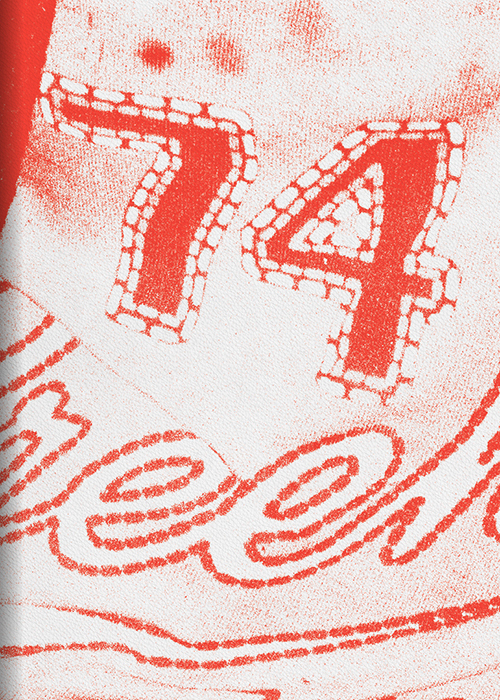Kelly Tissot
Spurious Crops
23.9. —
13.11.2022
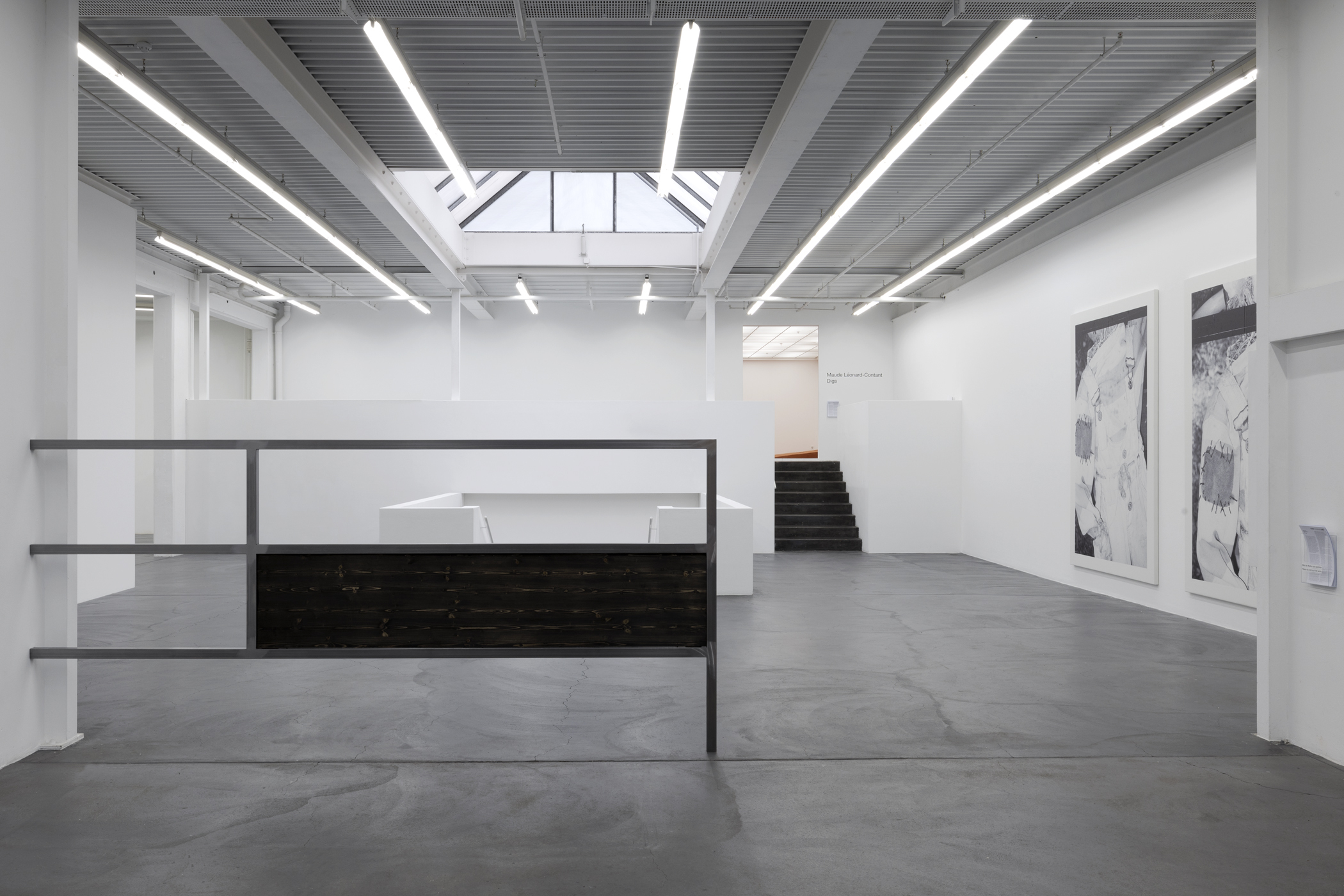
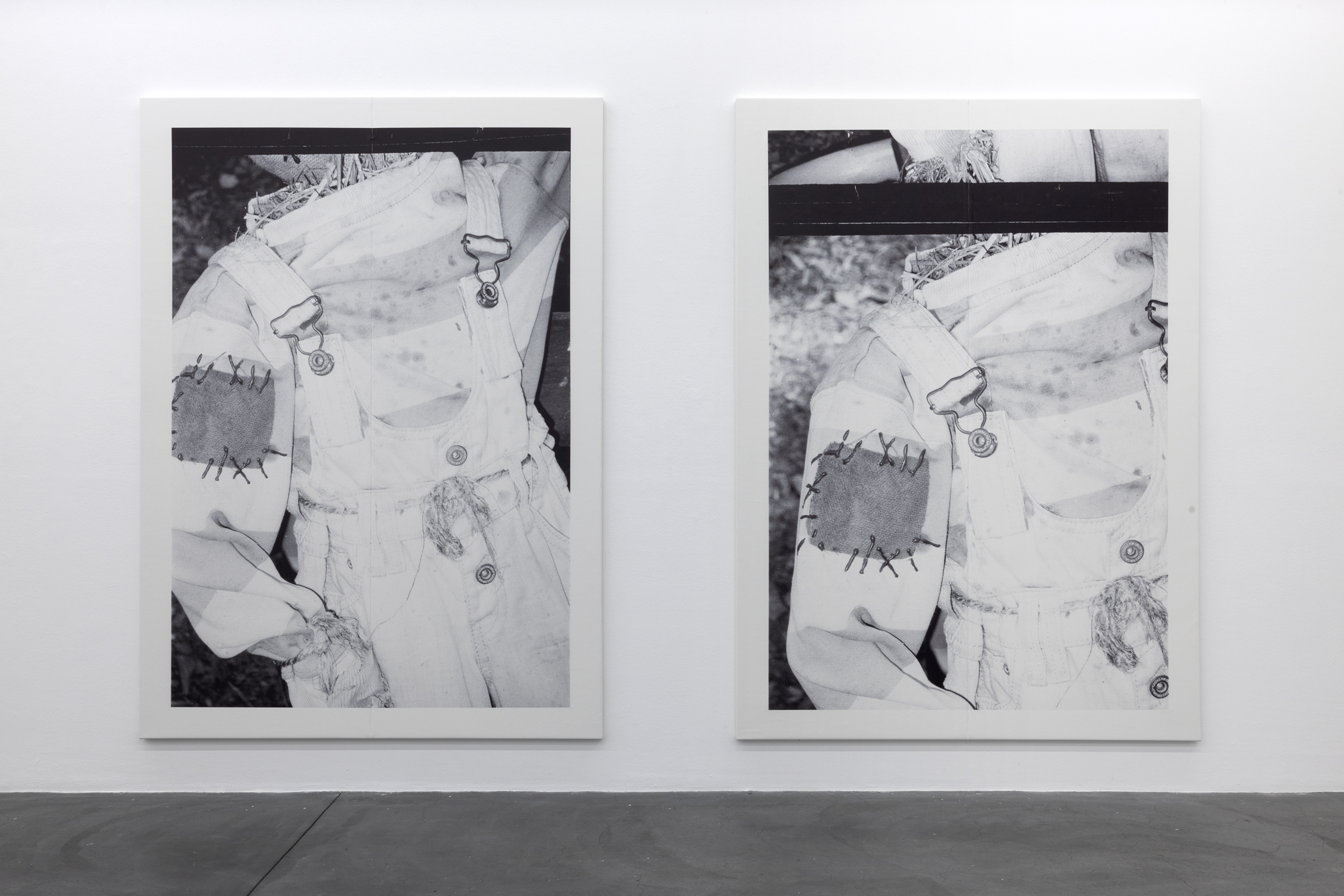
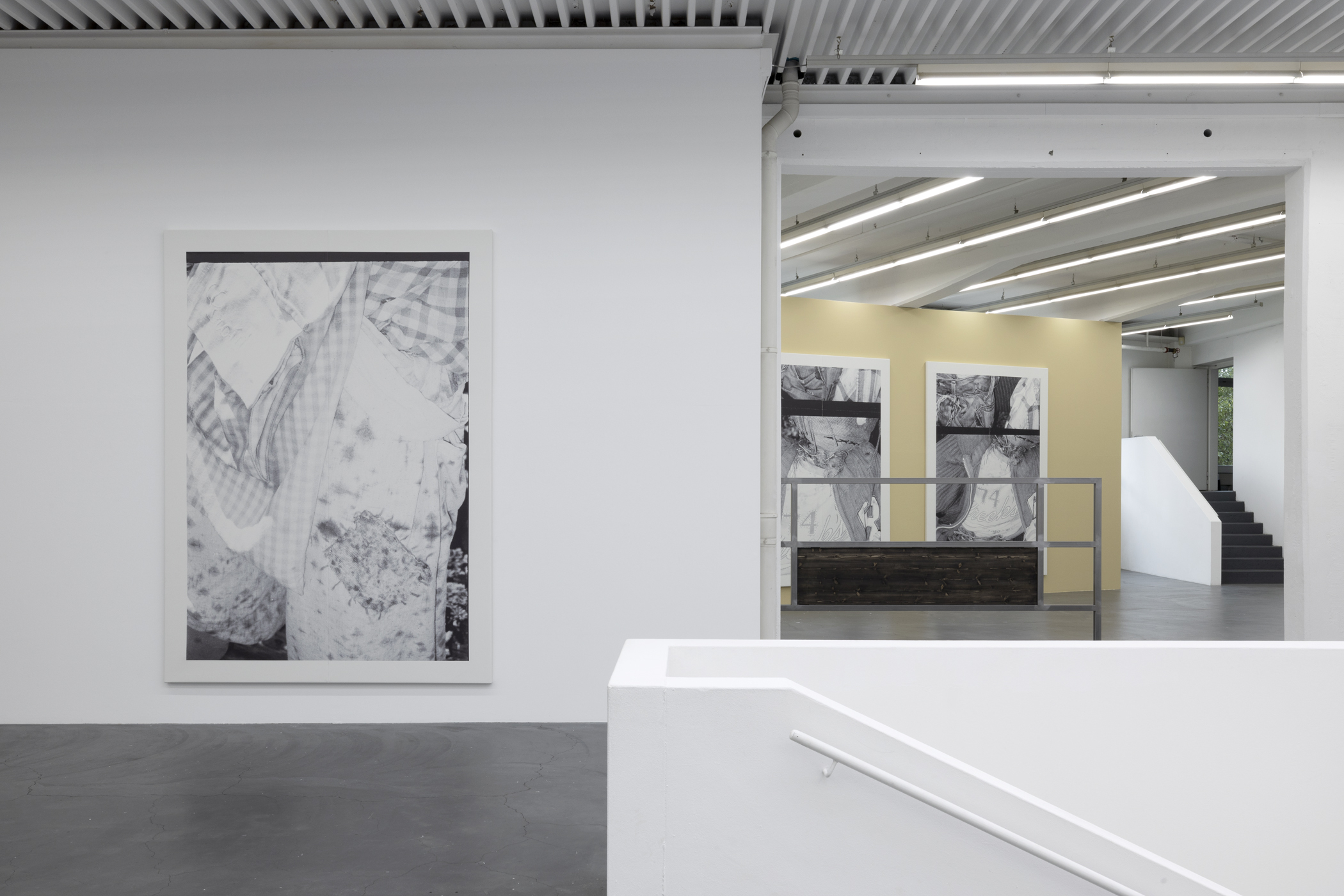

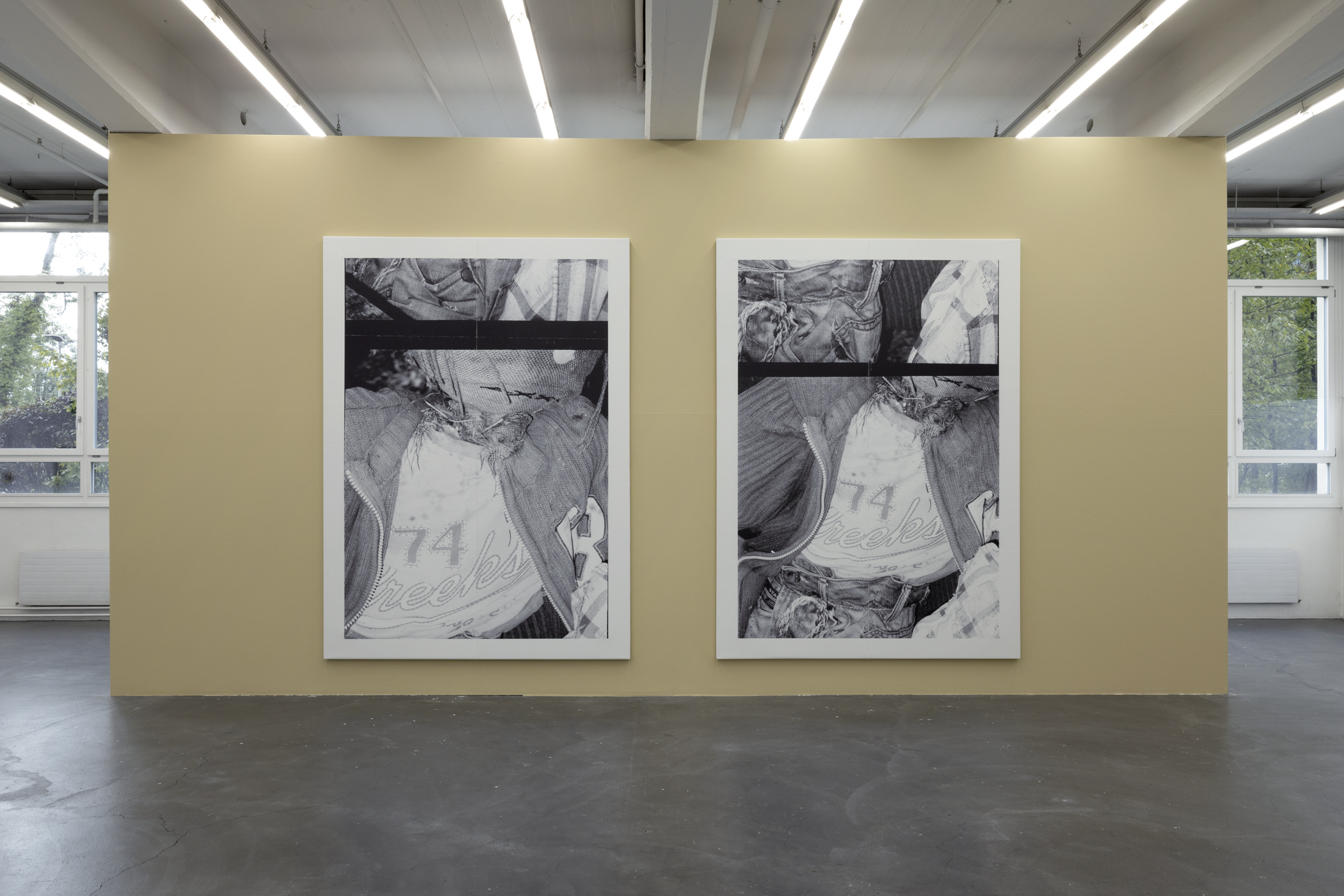

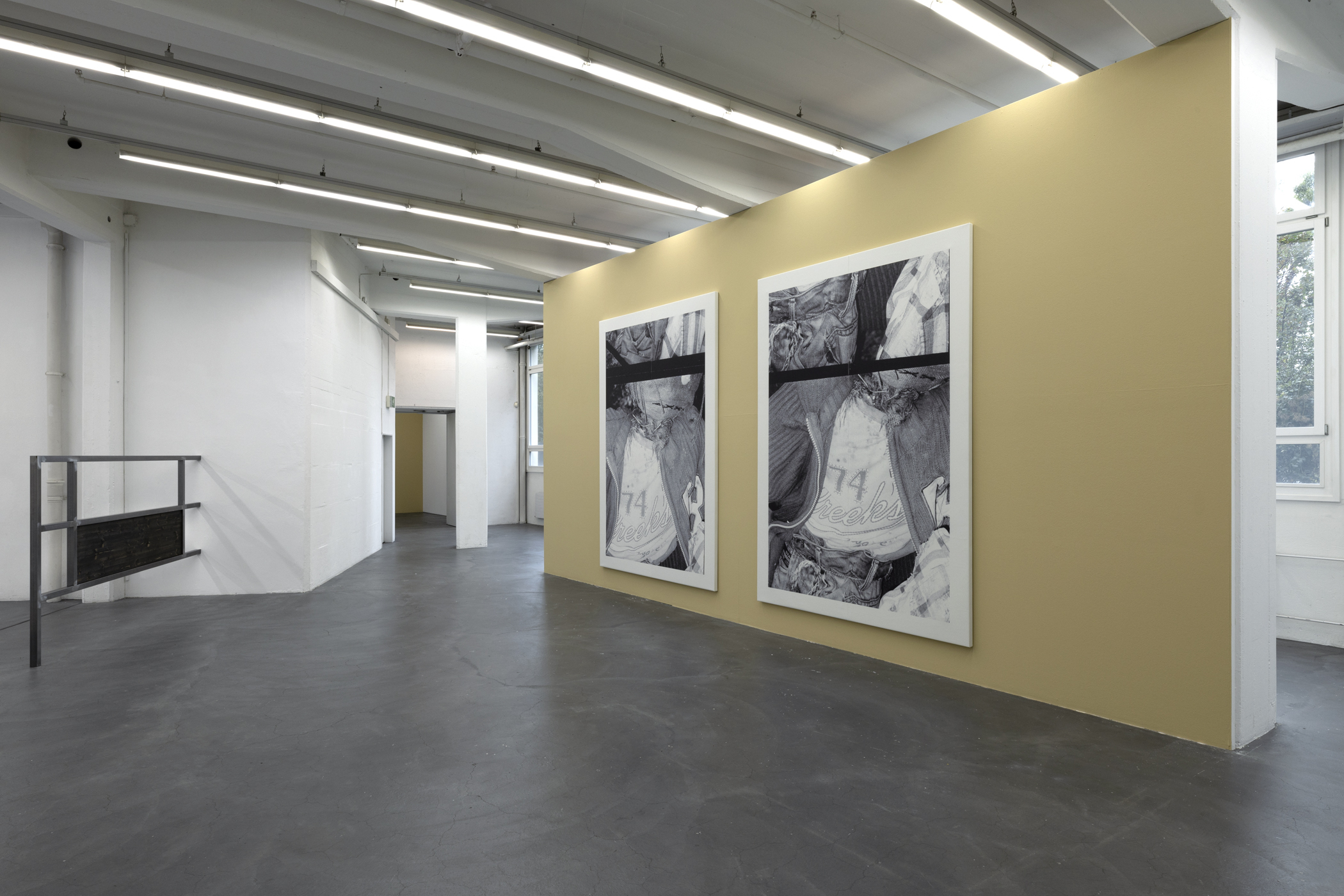

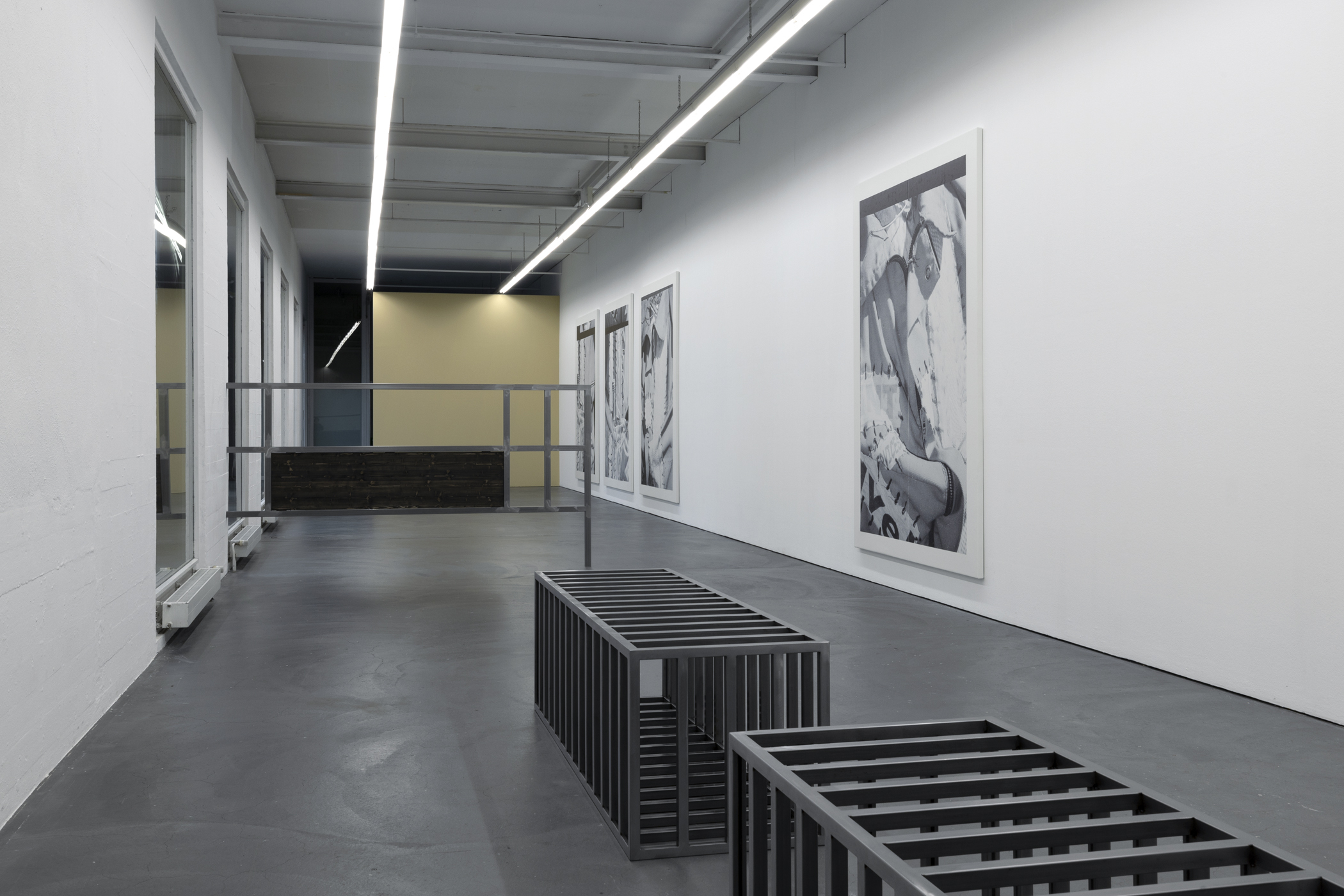
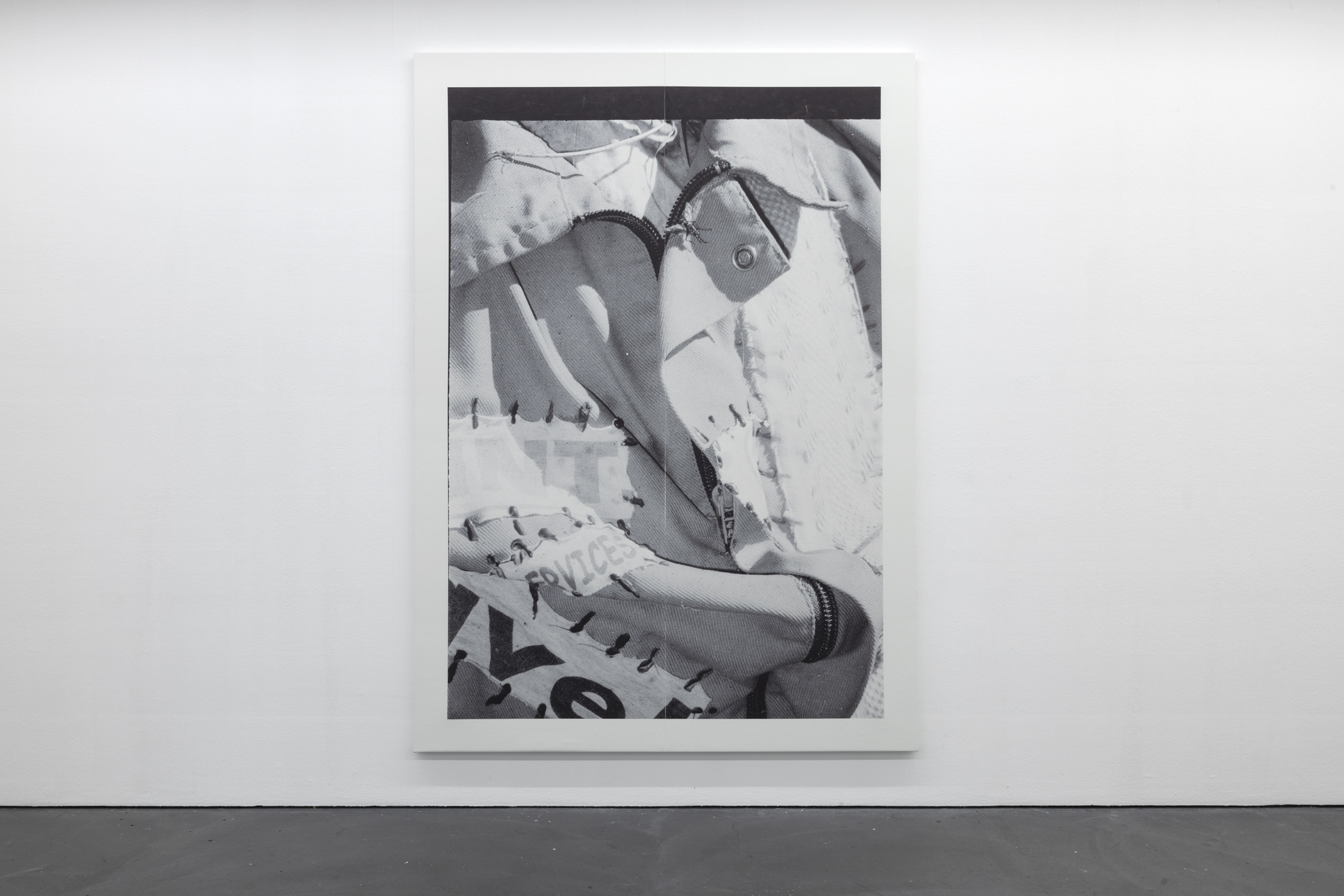
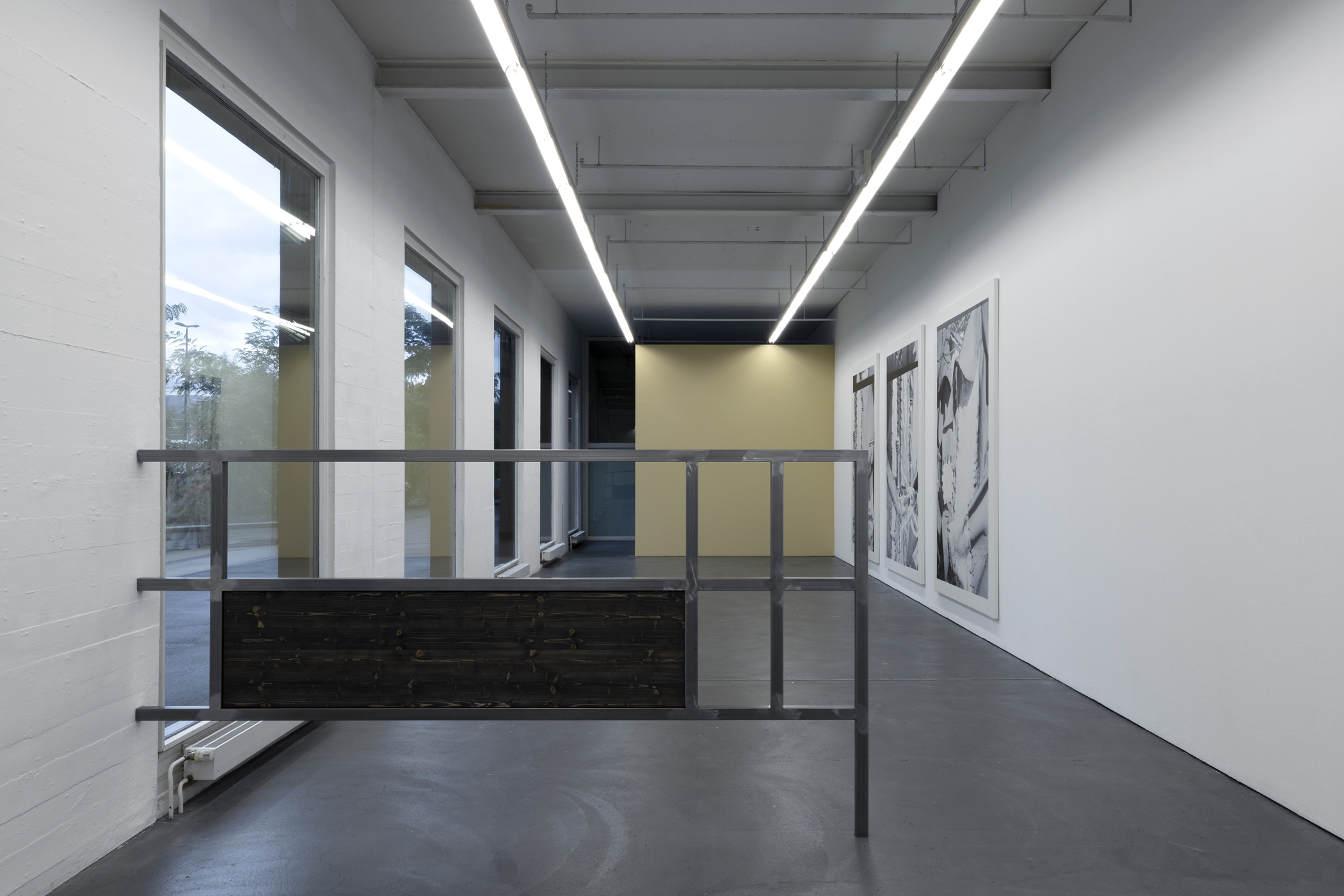

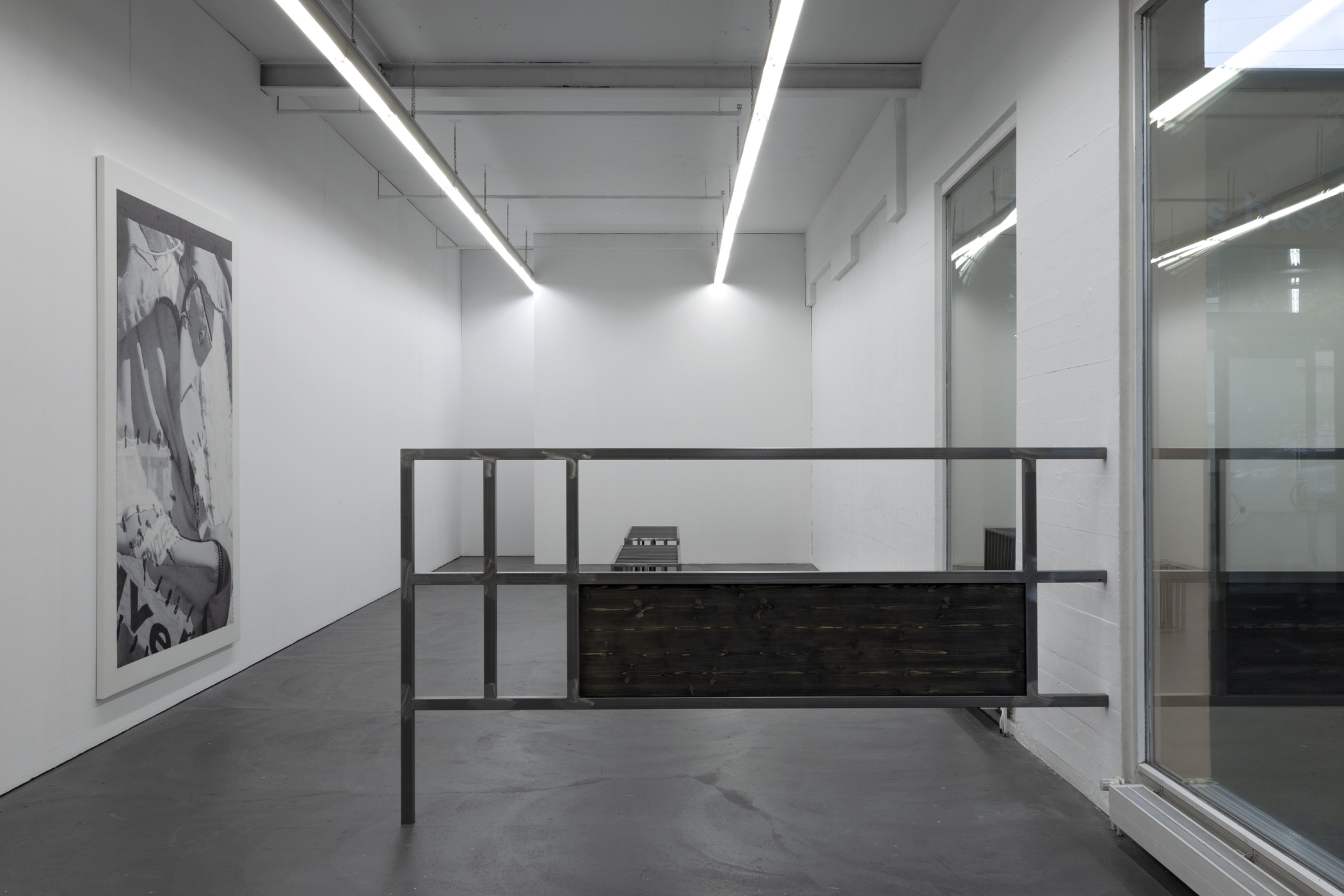

Selected press coverage
Project partners
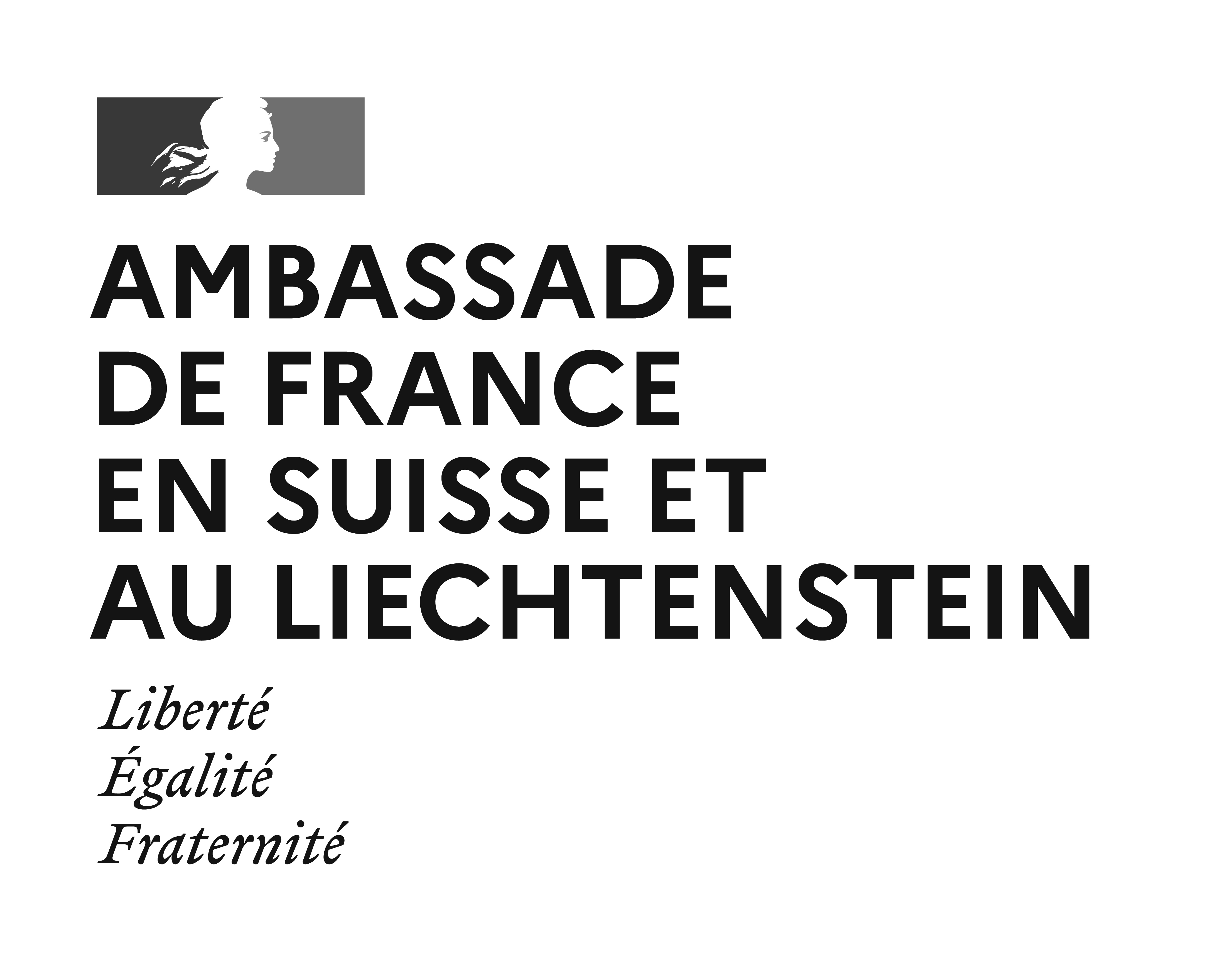


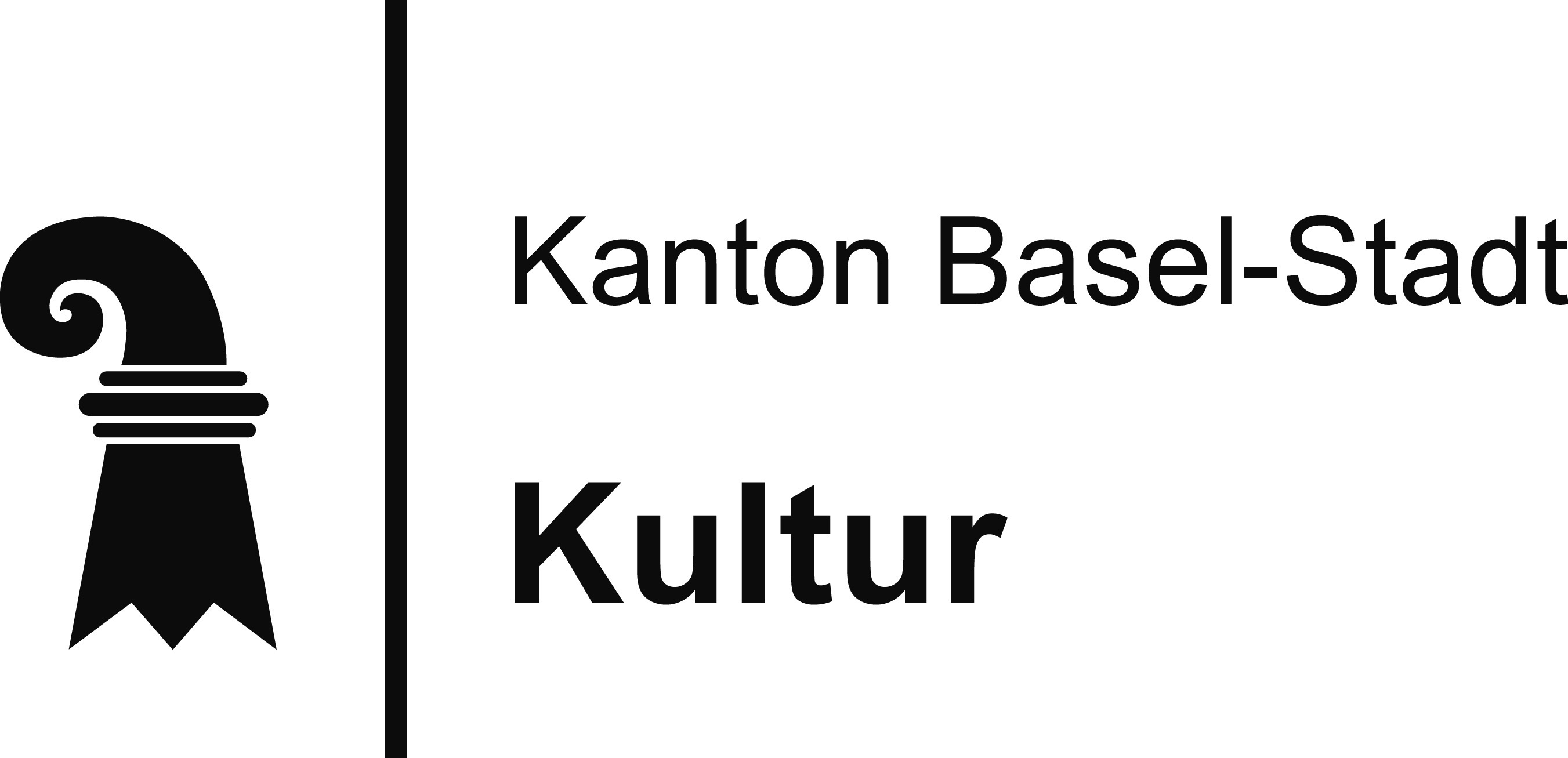
Since 2016, Kelly Tissot (*1995) has been working on photographic series that radically break away from a romantic image of the landscape or our perception of it. The French artist examines contradictions between the cultural and the natural, domesticity and wilderness, seclusion and community. Accompanied by sculptural structures that simultaneously fill and define the space, disorienting our traditional view of photography, there is something unsettling that often resonates in the artist’s work. Humans are only perceptible in her photographs and spatial volumes through the sense of scale and traces of civilization—through what they use, tame or try to control on a daily basis. Kelly Tissot transfers all these motifs into an ever-expanding archive of images that reveals the symbolic identity of the provincial. With newly realized works for her first comprehensive institutional solo exhibition at Kunsthaus Baselland, the artist proposes unfamiliar narratives and interrogates our own relationship with the rural.
Scattered patches of grass growing around rusting iron girders, decommissioned machines and motorcycles, and guard dogs on chain leashes—these are all motifs that Kelly Tissot (*1995, Annecy, FR) elects for her photographs. She brings into view what humans use, tame, and try to control on a daily basis, presenting material that carries us into deep landscapes and devices and machines we use to alter or move through nature. The artist’s work is characterized by social and sociological spaces with numerous stratifications and frictions. Her artistic exploration begins where culture meets nature, domesticity meets wilderness, and community meets isolation. Since 2016, she has documented this exploration in an ongoing archive of images that break with romantic conceptions of the pastoral.
Kelly Tissot’s exhibition at Kunsthaus Baselland starts with a structure reminiscent of a fence or barrier: a massive metal and wooden sculpture. On the one hand, the sculpture marks a boundary between exterior space and art space. On the other hand, and more significantly, it guides the visitor through a course that plays on the formal and figural vocabulary typically encoded as pastoral. However cool and pared down the material and associations may be at first glance, the sculpture on the opposite end opens up a gap—a free space—that lets us consciously enter into the sculptural arrangement with our first step. It prompts us to move closer to everything concealed behind it. As we continue through the exhibition, several of these structures interrupt an otherwise unrestricted view of the space and divide the expansive exhibition hall into different zones.
Her strategy of disturbing and even blocking the view of her works from a distance extends from the sculptures to the large-format prints created especially for the exhibition. Photographs showing details of a discarded scarecrow were taken in a French amusement park, where the figures—intended to scare off birds in a field—are exhibited as objects in their own right and arranged into the artificially constructed setting of a village. Kelly Tissot documents individuals among the group of figures with an analog camera. Documentation alone, however, does not suffice for the artist. Taking things a step further, she transforms the photographs into digital images that omit, highlight, alter the contrast, and zoom in on aspects of the photographic prints. Presented in an oversized format, photos that traffic in the stereotypical symbolism of landscapes and farming have a disenchanting and disconcerting effect. The erected and outfitted figures’ soft and slightly misshapen bodies try to imitate human appearance but instead betray the inertness of their form—the sewn-on patches and straw peeking out from under their clothing. They have long since abandoned their original function as proxies of the farmers.
The photographs contain no horizons or points of spatial orientation. The overlapping and sewn-together materials and textiles fill the entire visual field, interrupted by traces of analog photographic technique and a seam of artificial leather that holds the materials together.
This nearly constricting feeling of the architectural form of the Kunsthaus annex—a long, narrow corridor—is further amplified by the choice of images. The sense of confinement then reaches its peak with the addition of two free-standing sculptures. The architecture leaves little room to step back from the works, demanding an intimate reception and ultimately leading one to turn around. Only the off-white frames surrounding the prints release the tension concentrated within the image, allowing them to spread throughout the space. The individual photographs in the series merge—partly because some are connected as if part of a film sequence—revealing a symbolic identity of the province.
The title of the exhibition, Spurious Crops, certainly implies the fragility of utopian clichés about rural environments. Moreover, it alludes to the deceptive intentions of the figures depicted. Together with the sculptures, Kelly Tissot portrays a narrow and tangled, multi-layered and absurd space, resounding with a sense of unease and forming something of a dichotomy between belonging and exclusion, the playful and the terrifying. (Ines Tondar)
Much thanks to: the Ambassade de France en Suisse et au Liechtenstein, the Hans und Renée Müller-Meylan Stiftung, the Ernst und Olga Gubler-Hablützel Stiftung, the Abteilung Kultur Basel-Stadt, and to the team at Kunsthaus Baselland, namely Martina Stähli, Salome Tramèr, Meret Glausen, Oliver Minder, Finn Curry, Paula Santomé, Yasmin Emmenegger, Mariejon de Jong-Bujis, Pia Dobrowiz, Anouk Urben, Sergio Rojas Chaves and Katharina Anna Wieser, and, for this exhibition in particular, to Ivan Mitrovic, Osama Alrayyan, Mathieu Dafflon, Victoria Holdt, Nicolas Sarmiento, Pauline Coquart, Damien Juillard, Lorenzo Bernet from suns.work Zurich, and Stephan Töngi from Prototyp Metallbau Leichtbau.
The exhibition will be accompanied by the artist’s first publication. We sincerely thank Sylvan Lanz and Rebekka Hausmann for the publication’s design and Yann Chateigné Tytelman, Ines Goldbach, and Tristan Lavoyer for their contributions.
